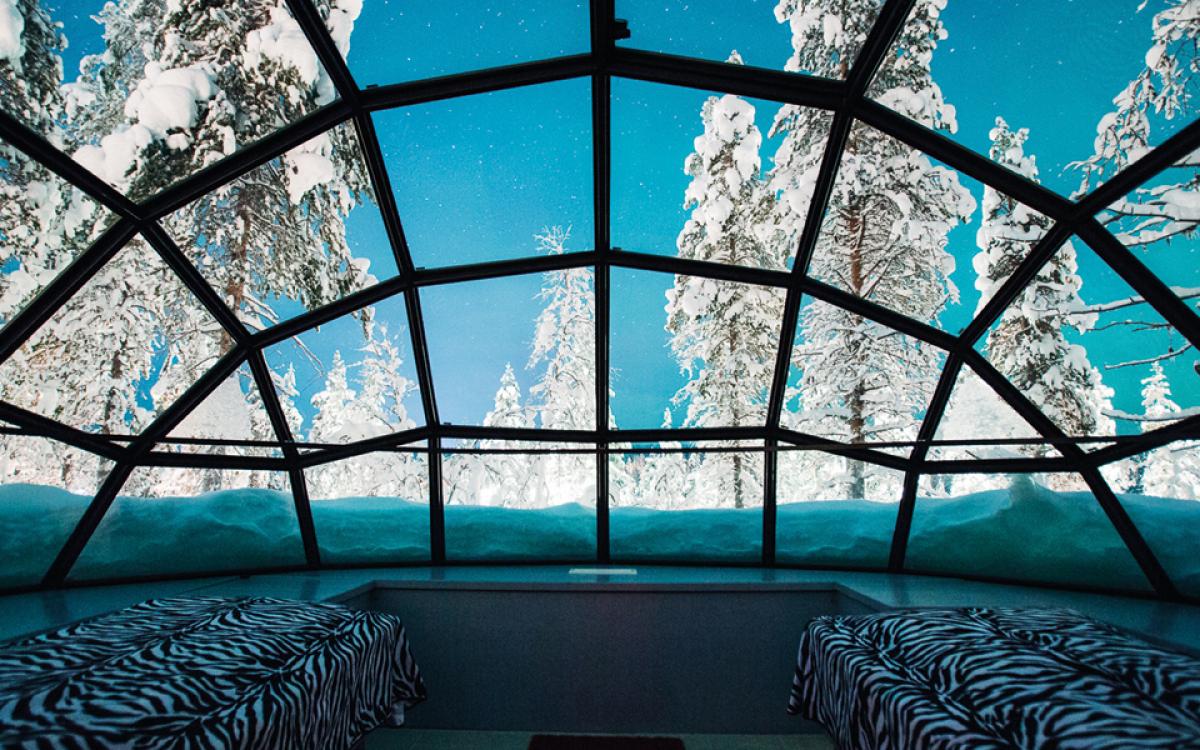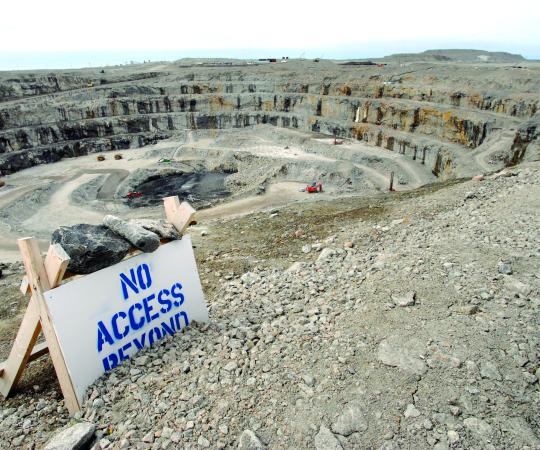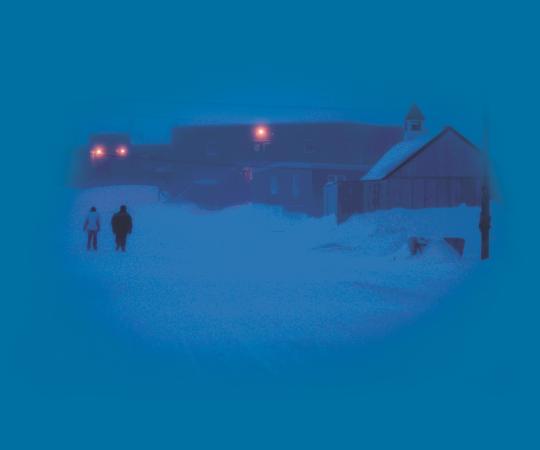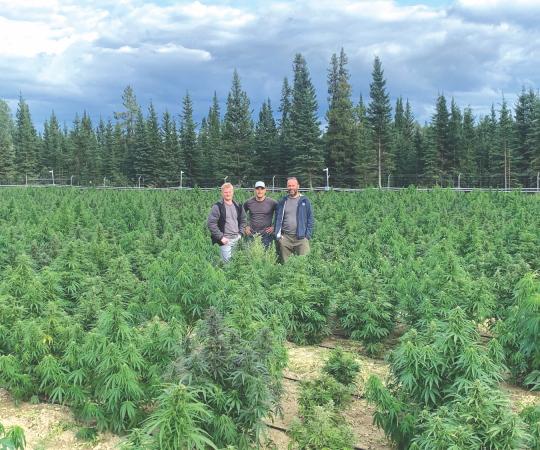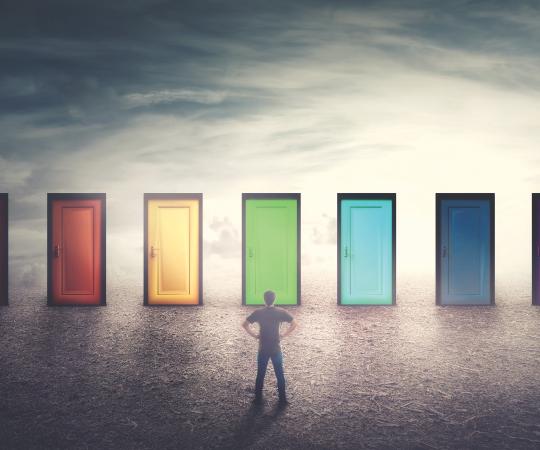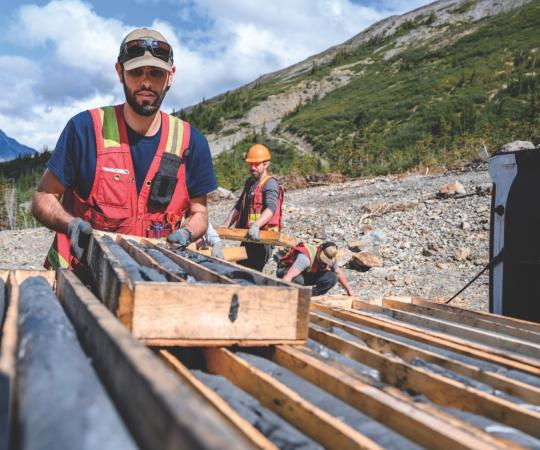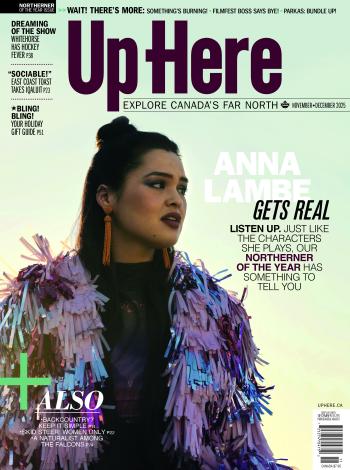Finland's glass works:

There’s no reason the underground glass-topped iglus designed by Jussi Eiramo, founder of the Arctic Resort in Kakslauttanen, Finland, couldn’t work in most aurora-viewing hotspots. It might be a little chilly in there when the temperature outside dips to -35 C, but that’s what thick blankets are for. We can think of worse ways to watch the Northern Lights.
What’s hot in Alaska:

Bruno and Judith Grunau both work at the Cold Climate Housing Research Center in Fairbanks, where they study ways to make structures in the North more energy efficient. It’s no surprise, then, that they built their own home to be heated without fossil fuels, instead relying on solar power, biomass, thermal storage, and a tightly insulated shell to stay warm throughout the year.
Science to go:

Barneo is a temporary research station constructed on a large ice floe nearly every spring—provided the ice is thick enough—so scientists can do their fieldwork near the geographic North Pole. In 2017, the Russian Geographical Society plans to build Arktika-1, a floating international research station housing up to 40 scientists.
One building to rule them all:

The Samediggi, or Sámi Parliament (5), in Karasjok, Norway, makes politics look a little less ugly. The main meeting room is in the shape of a traditional lavvu, or tent. The library’s low-hanging lights are meant to mimic the region’s clear, starlit nights. And Siberian wood paneling on the exterior weathers naturally, which is meant to give the building a timeless, rustic look.
Raising the bar:

When Danish firm schmidt hammer lassen architects set out to design the new correctional facility scheduled to open in Nuuk, Greenland, in 2017, they placed the living quarters at a higher elevation than the recreational rooms and workspaces, and gave each cell a large window with no bars, says lead architect Jette Birkeskov Mogensen. “From here [inmates] can experience the change in weather and seasons, boats coming and going on the fiord, or a glimpse of a whale."

